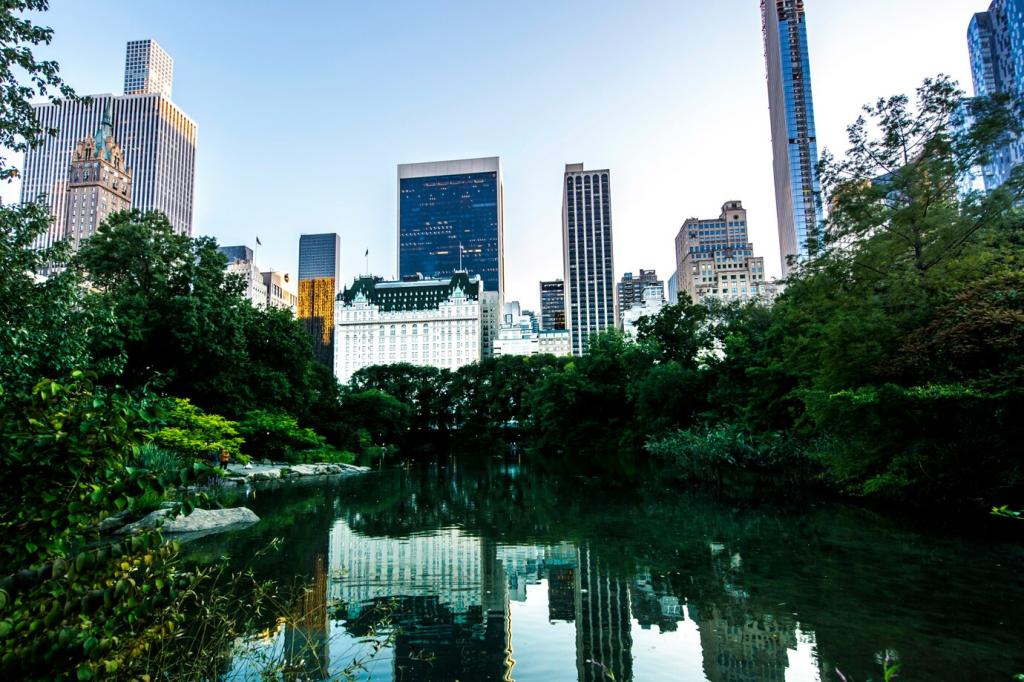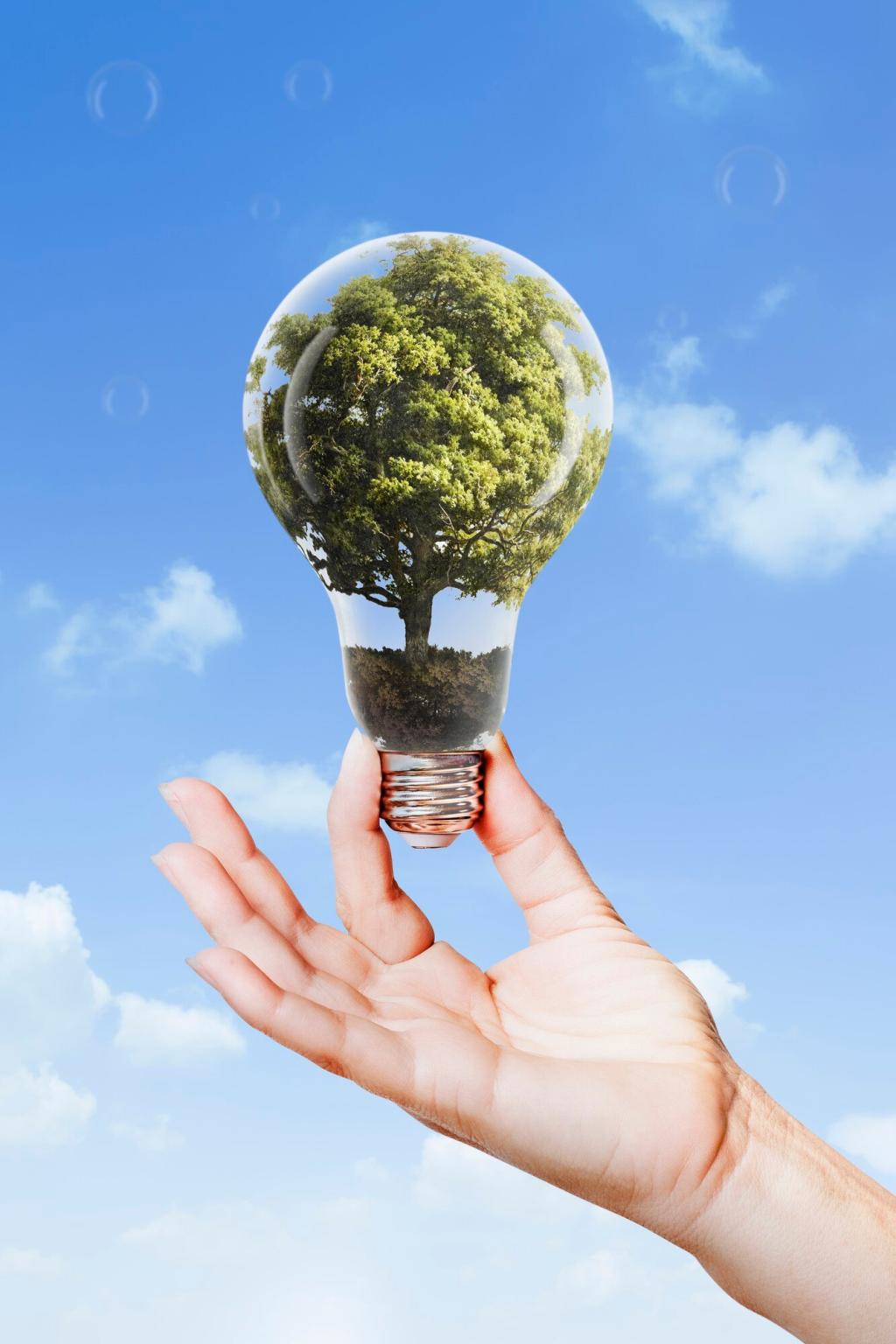Urban Planning with Renewable Energy Focus
Urban planning with a renewable energy focus is an innovative approach to shaping the growth and function of cities and communities while prioritizing sustainable energy solutions. By integrating renewable energy considerations into the foundational stages of urban development, cities can reduce their carbon footprint, increase energy resilience, and promote healthier environments for residents. This forward-thinking methodology requires collaboration among policymakers, planners, engineers, and the community, positioning renewable energy not as a supplemental feature, but as a central principle in the urban landscape. From building design to public transportation and infrastructure, every facet of modern city living can contribute to a more sustainable future when powered by clean energy technologies.

Integrating Renewable Energy in Urban Design
Smart Grids and Distributed Energy Systems
Renewable-Energy-Enabled Public Spaces
Mixed-Use Developments for Energy Efficiency

